Apple seems very interested in measuring blood glucose. According to rumors, you can measure blood sugar with the Apple Watch in 2022. But it's certainly not the first time Apple has shown interest in blood glucose, as it was rumored back in 2017 that Tim Cook was testing a blood glucose meter and that Apple was busy developing one for everyday use. Should Apple get involved in this topic? And if so, what can they add? What is currently available for diabetic patients and people who want to monitor their blood sugar (for whatever reason)? In this article we will discuss this in more detail.
Every person is different and so are people with diabetes. In this article we describe diabetes in general terms. This is not an explanatory article about diabetes, so we will not go into the medical background (also because we are not a medical website). If your specific medical situation is insufficiently addressed, we ask for your understanding. For example, it is quite possible that you do not have to take blood samples as often (or at all). This article focuses mainly on the innovations that Apple can add, especially in making technology more user-friendly and accessible.
Why diabetes?
It's not hard to guess why Apple is interested in measuring blood sugar: diabetes is one of the most common conditions worldwide. Moreover, the most common variant (type 2 diabetes) is related to things such as obesity, poor nutrition and too little exercise. Prevention is therefore important and learning a healthy lifestyle is something Apple has long been interested in. In fact, with the Apple Watch, they've put all the emphasis on health functions since the Series 2.

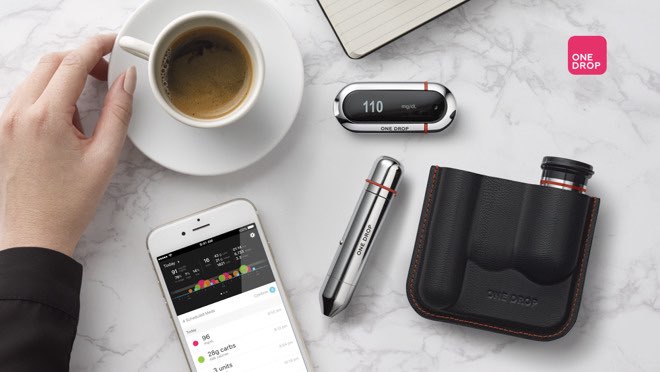
A glucose meter would connect well to it. Especially if it is an accessory that is easy to use and does not require blood tests, people will be more inclined to pay more attention to their blood sugar level. You don't have to have diabetes for that. Disturbed glucose control can cause your body to store more fat and have difficulty in lowering the glucose level in the blood after eating a carbohydrate-rich meal.
This is important, for example, for people who want to lose weight, athletes and people who are actively involved in their health and want to prevent them from developing type 2 diabetes. But also people who simply want to prevent the crash after eating a heavy meal and pay more attention to their diet. Your blood sugar level is also influenced by sleep, stress, hormones, weather conditions and all kinds of personal factors, so to feel good about yourself it can help to pay more attention.

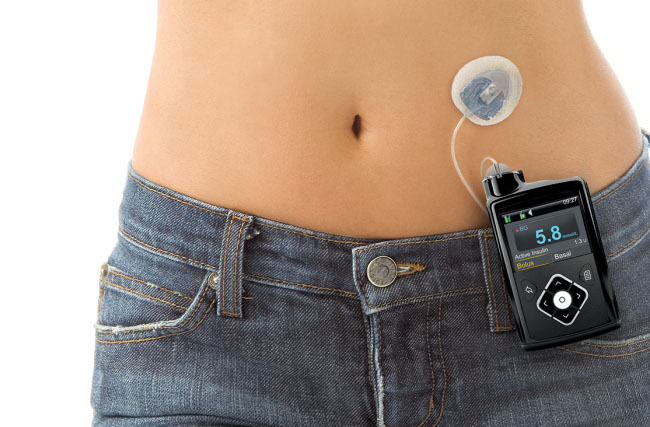
In addition to this group, which, for the sake of convenience, we disrespectful of 'health freaks' will of course also include the diabetic patients themselves. They too are desperate for a user-friendly glucose meter. People with type 1 diabetes in particular need regular blood tests (this also applies to the more severe cases of type 2 diabetes). They need a glucose meter to determine how much insulin to administer. For them, measuring is necessary to keep their blood sugar under control. This group has to take blood several times a day and they obviously do not enjoy doing that.
Apple will probably want to focus on the first group of users (health freaks and risk groups for type 2 diabetes) in order to send a positive message. It is easier to develop something that works preventively and promotes a healthy lifestyle, without making any medical claims.
As a medical device for patients with type 1 diabetes, there are a lot more problems. because of the approval by all kinds of authorities. With 90% of diabetics having type 2, this is the largest and for Apple the most interesting group. In the Netherlands, together (type 1 and 2), this concerns almost a million Dutch people, most of whom have type 2.

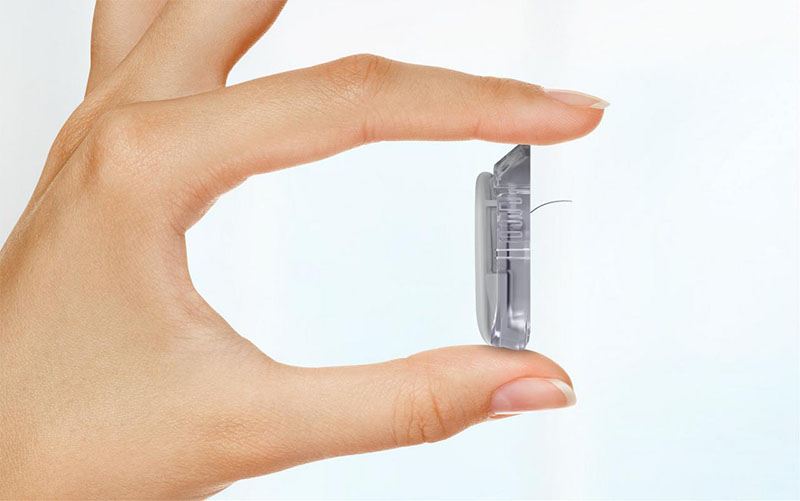
>The solution shown above is from Dexcom. We received an email from iCulture reader Xa Bo, who informed us that the Dexcom sensor is only used by eligible people. & ldquo; The FreeStyleLibre (fsl) has been widely reimbursed for diabetics since the end of 2019. However, diabetics benefit greatly from glucose monitoring linked to alarms and an insulin pump (& lsquo; walking & rsquo;). Unfortunately, this is very limited available. & Rdquo;
Type 2 diabetes People with type 2 diabetes can control their disease with medication. The drugs cause the pancreas to produce more insulin and make it easier for the body to absorb sugar. A healthier lifestyle can lead to improvement in this group. Daily blood tests are not always necessary, as they do not need to continuously know the exact glucose level. Nevertheless, it can also be useful for this group to take an occasional measurement, so that they know how their body reacts to certain foods and stress. And to help them plan their meals better.
* We describe the general situation here based on information from the Diabetes Fund. We realize that your specific medical situation may be different and that there may be complications that you also see with type 1 diabetes.
Type 1 diabetes The situation is slightly different for patients with type 1 (and for patients with advanced type 2). For them it is necessary to regularly know the level of glucose in the blood. In these patients, the pancreas no longer makes insulin, so glucose remains in the bloodstream. The cells of organs, muscles and brains then do not receive the necessary energy. Insulin ensures that glucose can be absorbed from the diet; hence these patients have to artificially inject themselves with insulin (for example with an insulin pump). To determine how much insulin is needed, they need to know accurately the glucose level, which currently works best by analyzing a drop of blood on a test strip. Without the correct dose of insulin, these patients face complications such as eye, kidney and nerve damage.
Continuous glucose meters
According to rumors, Apple made a tool in 2017 that allows you to continuously measure your glucose level, without having to take a blood test every time. Tim Cook is said to be walking around with it, although that does not mean that he is a diabetic. It may simply be that he is testing prototypes from Apple, to later be able to tell from his own experiences how well it works.
If Apple found a non-invasive solution, it would be a great achievement, as many attempts have been made in recent years to find an alternative to blood tests. There are already systems for continuous glucose monitoring (CGM), such as those from Dexcom and Medtronic.
With these systems, you stick a sensor on your skin, which is connected to a corresponding receiver. With the Dexcom G5 you can read the measurements on your iPhone or Apple Watch and you will receive notifications when a glucose level is too high or too low. That sounds great, but you don't use such a system for fun. The sensor contains a thin wire that you have to insert under the skin, so there is still some kind of needle (even if it is very thin).
The problem with these systems is that they are expensive, are highly specialized and have a strong medical focus. Only if you are a diabetic (or a very avid body hacker) will you be motivated enough to put a needle in your skin and pay hundreds of dollars for it. The systems are gradually becoming more user-friendly and more accurate, but they are not very suitable for the prevention of type 2 diabetes.
The current manufacturers therefore mainly focus on patients with type 1 diabetes. With these systems, the receiver usually costs between & euro; 500 and & euro; 1,000 and for a set of sensors you pay & euro; 300. These systems don't put an end to blood tests, because most of them have to be calibrated daily with a blood test.
 < img src = "/wp-content/uploads/2021/05/803d69b51d05387c093f5ccd5bd63d2c.jpg" />
< img src = "/wp-content/uploads/2021/05/803d69b51d05387c093f5ccd5bd63d2c.jpg" />
What can Apple add?
Suppose Apple is developing an accessory that allows you to continuously monitor your blood sugar level, whether or not built into the Apple Watch, or in the watch strap. What characteristics should such a device have? First, collaboration with HealthKit .
That wouldn't be unique, because One Drop (see photo below) can already send data to the Health app on your iPhone and it also looks super sleek. This system does work in the conventional way, with a lancing device and test strips. It is quite expensive: you pay from $ 30 per month for delivery of the test strips. The device itself is FDA approved and costs $ 50. In addition to HealthKit, it also works with CareKit, Apple's solution for the chronically ill. It also focuses on diabetes patients.

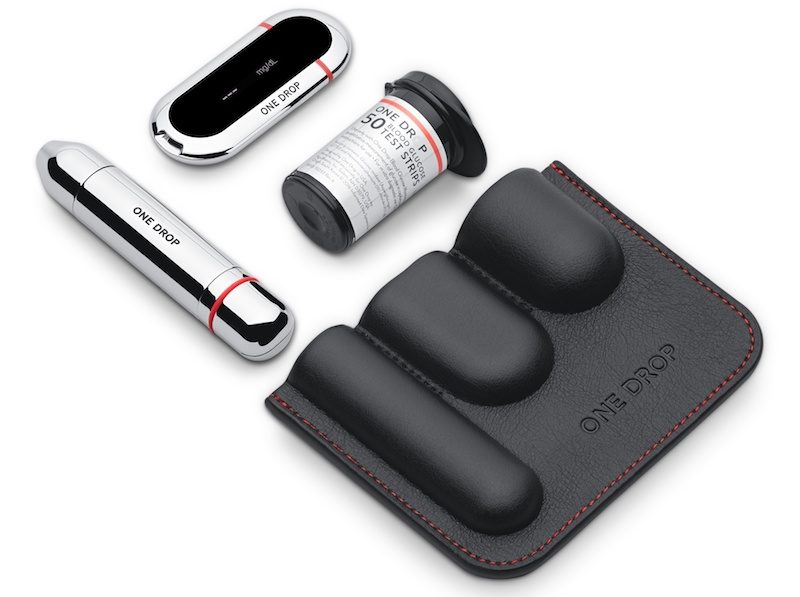
There is no chance that Apple has found a solution that will make blood pricks redundant future music. Dexcom has developed algorithms that can estimate your blood sugar level fairly accurately, without having to calibrate with a blood test every day. But the sensors they use still have a needle.


Dexcom G6 glued to stomach or arm.
So does the Abbott Freestyle Libre, another system. This is often fully reimbursed by your health insurance, if you have type 1 or 2 diabetes, with an intensive insulin schedule. Again, you stick a sensor with a very thin needle on the skin. This measures your blood sugar almost continuously, namely every minute. Reading the values does not happen automatically, but only if you have a scanning device with a touchscreen, for example an iPhone. By the way, the Freestyle Libre's sensor is very similar to an AirTag.


Such systems are often expensive and it is of course not reimbursed by your insurer for recreational use. You only get such a system if there is a medical necessity. Apple could finally ensure that there is an affordable solution comes with which you can measure your blood sugar level. Sounds crazy, & lsquo; Apple & rsquo; and & lsquo; affordable & rsquo; in one sense. But Apple is one of the few companies that can trick you into buying expensive stuff you didn't know you needed. You will not buy medical accessories worth two thousand euros for lifestyle changes and prevention. But an Apple product worth a few hundred euros that looks nice and promises a healthier life might win you over.
Speaking of affordable, it doesn't have to be that expensive. Years ago you could already buy the Medisana Glucodock for a few bucks, which we reviewed in 2012. However, this only works with iPhones that have a 30-pin connector. Nowadays you can find glucose meters from Accu Chek for around twenty euros.
IHealth also had a cheap blood glucose meter that you had to plug into the headphone jack of your iPhone. In the meantime, innovation actually seems to have taken place. The cheap solutions from iHealth and Medisana have been taken off the market and with the Freestyle Libre and Dexcom we actually see the same solutions as a few years ago. That gives Apple extra opportunities to create something that will benefit a broad audience.

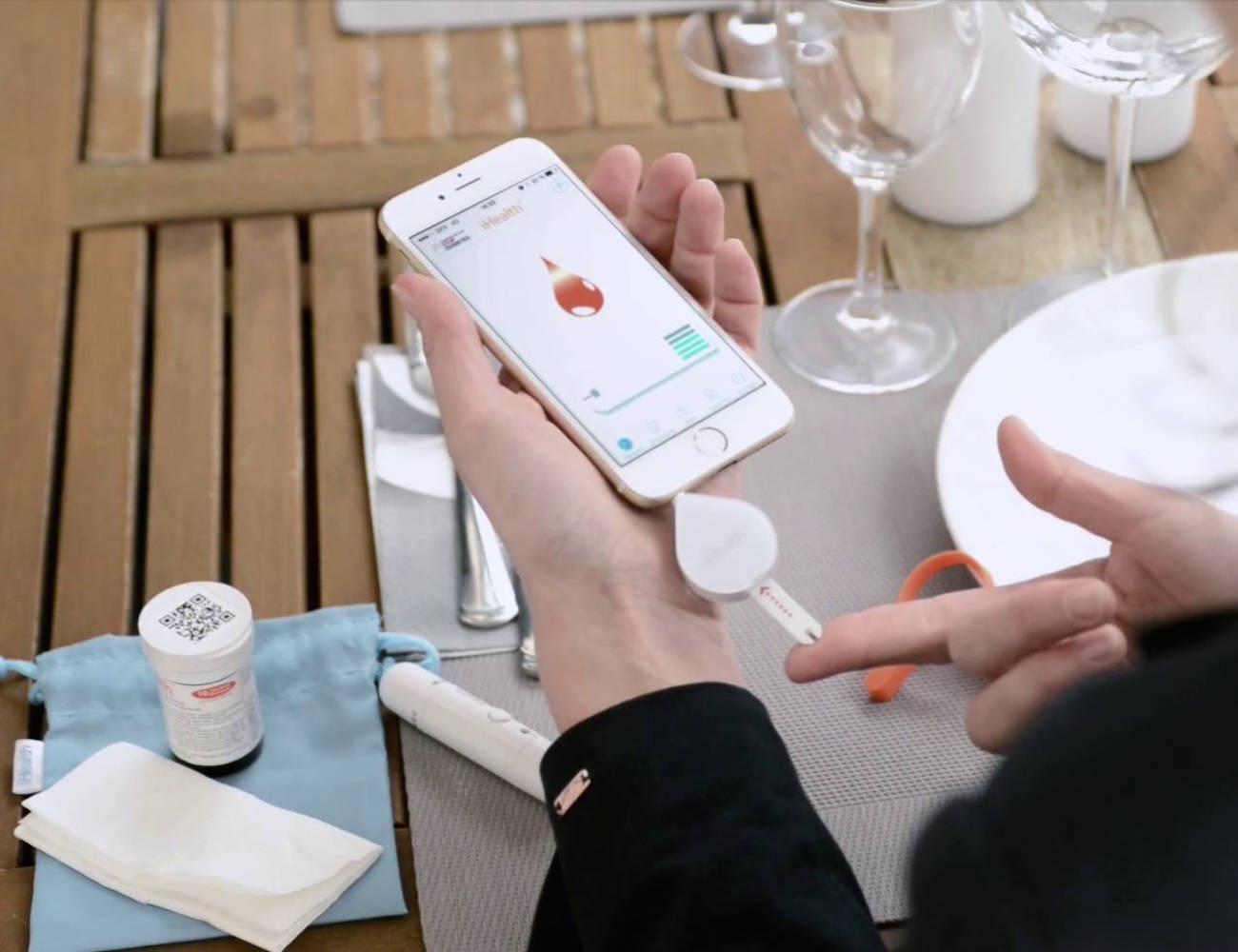
The latest development: measuring non-invasive blood sugar
Manufacturers such as Dexcom and Abbott already offer solutions that do not require you to prick your finger. But you do have to wear a sensor with a needle on your skin and many people still don't really like that. Fortunately, there are a few developments for non-invasive solutions. For example, engineers at the University of California San Diego have developed a device that analyzes sweat. You only have to hold your fingertip against it and an algorithm estimates the blood glucose level.

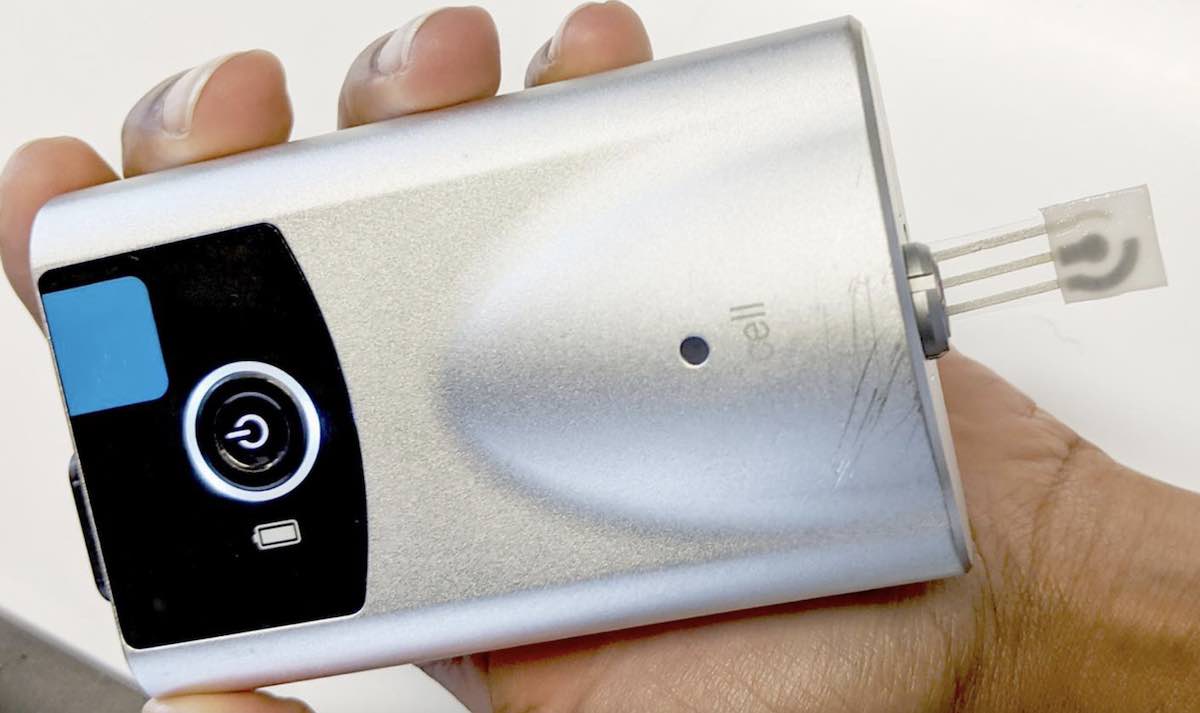
You hold your finger on the sensor for about a minute and the hydrogel on the sensor then absorbs small droplets of sweat. An enzyme reaction takes place, which causes an electrical current. This is measured by the device. It would be more than 95% accurate before and after meals. To calibrate, you need to take blood from your finger once or twice a month. Unfortunately, this device is not yet commercially available. First tests and studies have to be carried out on a larger scale.
Conclusion: Apple can do this
The best would of course be if Apple has found a measurement method that can be built into the Apple Watch, so that you do not need a separate accessory. Moreover, that takes the medical & lsquo; aura & rsquo; a little way: measuring your blood glucose then becomes as easy as measuring your heart rate. Apple can certainly add something in this area by making measuring glucose levels easier, more accessible and cheaper, so that it becomes a daily activity. Not only aimed at diabetics, but also at athletes and people interested in a healthier lifestyle.
Especially when Apple emphasizes prevention, there is a large group of potential users, for which currently only cheap lancing devices are available. But you don't use it for fun.
Revision History:
- 2021 – May 11, 13: 26: This article first appeared on our website in 2017. We've now updated it with the latest info as blood glucose reading on the Apple Watch is rumored again.
